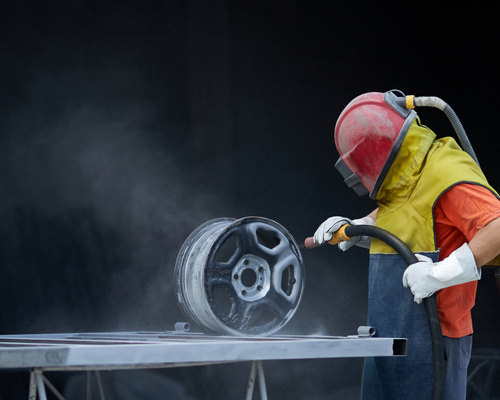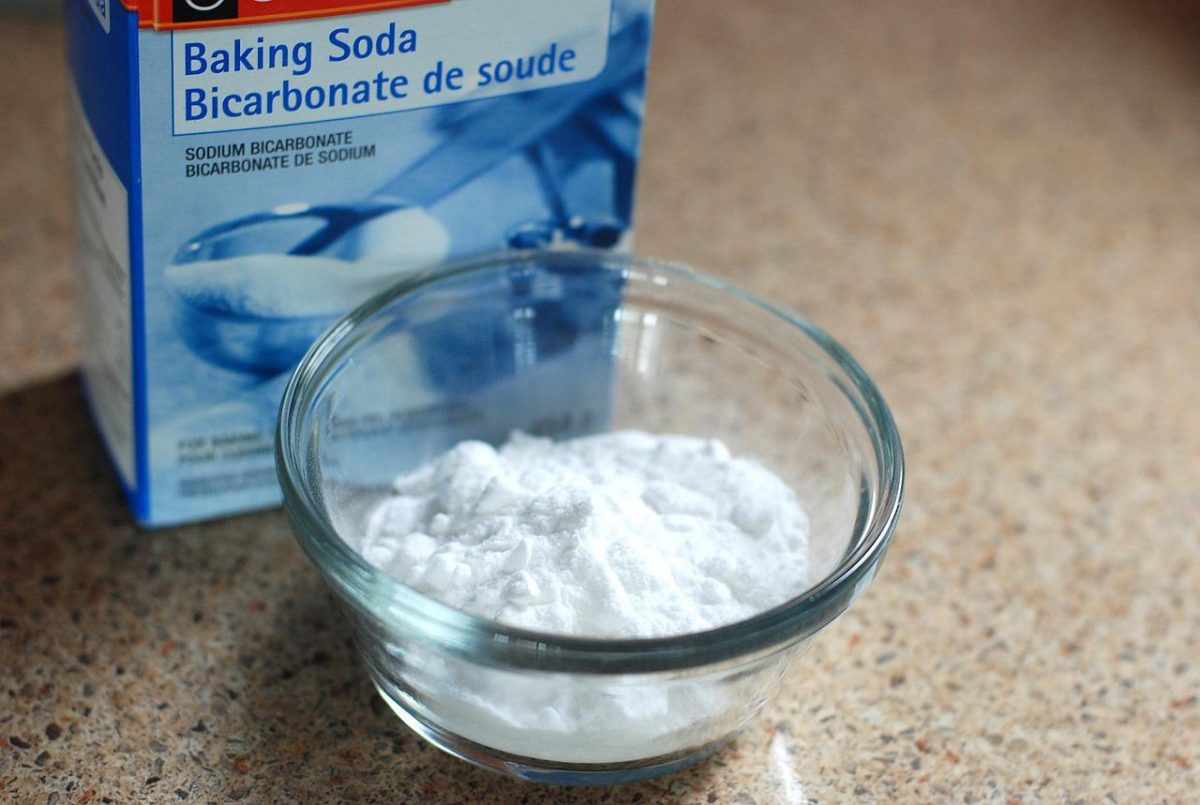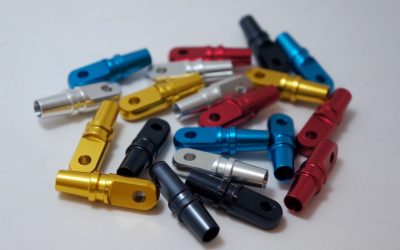Chrome plating is a popular finish for metal objects, but it can be difficult to remove if you need to change the color or appearance of the metal underneath. There are a few different methods to remove chrome plating, depending on the type of metal and the amount of chrome that needs to be removed.
Sometimes this is a task that can easily be carried out at home, but often it’s best to let the professionals handle it. Some methods may require special equipment or chemicals, so it’s essential to do your research before starting the removal process.
What Is Chrome Plating?
Chrome plating is a process in which a thin layer of chrome is applied to a metal surface. The chromium layer provides a shiny, reflective finish as well as increased resistance to corrosion and tarnishing. Chrome plating is often used on car parts, such as bumpers and wheels, but it can also be used on household fixtures, such as door handles and other fixtures.
What Process Is Used in Chrome Plating?
The chrome plating process uses electroplating, a way to use electricity to coat one metal with another. In this case, the metal being coated is usually steel or aluminum, and the coating is chromium.
The part that will be chrome plated is first cleaned and then placed in a solution that contains chromic acid. An electrical current is passed through the solution, and this causes the chromium atoms to adhere to the surface of the metal. The thickness of the chromium coating can be controlled by adjusting the amount of time the part spends in the solution.
After the desired thickness is achieved, the part is rinsed and then heated so that the chromium forms a strong bond with the surface of the metal.
Why Would You Want to Remove it?
If the metal underneath is damaged, it may be necessary to strip off the chrome plating to repair it. In other cases, the chrome plating may simply be worn or scratched, and it may be necessary to remove it to apply a new layer.
Potential Hazards Faced When Removing Chrome Plating by Yourself
Before attempting to remove chrome plating, you should be aware of a few potential hazards. Gloves, goggles, and respiration masks are essential to protect yourself from the chemicals used in the process. Inhaling fumes from the chemicals can be dangerous, so it’s important to work in a well-ventilated area. You should also avoid getting solutions on your skin.
Another hazard to be aware of is the potential for creating electrical shocks. When working with electrical currents and chemicals, electrocution is always a risk. Be sure to take all necessary safety precautions.
Chrome Plating Types
There are two types of chrome plating: decorative and hard.
Hard Chrome Plating
Hard chrome is a thick layer of chromium that is applied to a metal surface to provide increased wear resistance. It is often used on tools and machine parts subject to high friction levels. Due to its thickness, hard chrome is more difficult to remove than decorative chrome.
Decorative Chrome Plating
In contrast, decorative chrome is applied with a thin layer of chromium to the surface of the metal to provide a shiny, reflective finish. It is often used on car parts and household fixtures, providing protection but mainly for its aesthetic appeal. In most cases, decorative chrome is easier to remove than hard chrome plating.
Ways to Remove Chrome Plating From Metal
Now that you have a primer on all things chrome plating, it’s time to learn about the different ways that you can remove it. As we mentioned before, chrome plating is applied using an electroplating process.
There are a few methods that can be used to remove chrome plating from metal, and we’ll go over each one in detail.
Specialist Equipment
The first method is to use specialist equipment. This is the most expensive option but also the most effective. If you decide to go this route, find a reputable professional with experience removing chrome plating.
Abrasive Blaster
Abrasive blasting uses high-pressure air to propel abrasive particles such as sand, glass beads, or steel shot against a surface. This process can be used for various purposes, including removing paint, rust, or other deposits.
Abrasive blasters are a common sight in body shops, where they are used to remove chrome or other finishes from car parts. The high-pressure stream of abrasive particles strips away the chrome coating, leaving the metal surface exposed and undamaged.
Abrasive blasting is generally safe when done correctly, but some risks are associated with the practice. These include inhalation of dust particles, eye injury from flying debris, and skin irritation from exposure to the blasting material.
Ultrasonic Cleaner
The other specialized equipment method that can be used to remove chrome plating is an ultrasonic cleaner. Typically used for cleaning delicate electronic parts or jewelry, ultrasonic cleaners use high-frequency sound waves to remove dirt, grime, and other deposits from surfaces.
When it comes to removing chrome plating, ultrasonic cleaners work by causing the chromium particles to vibrate at a high frequency. This process breaks the bond between the chromium and the metal surface, causing the chrome to flake off.
The main advantage of using an Ultrasonic cleaner is that it is a gentle method of chrome removal and easy to use. However, unless you have ready access to an ultrasonic cleaner, the expense of investing in one may not be worth it for a one-time chrome removal project. In addition, because they are limited in size, you can only use them to remove chrome from small objects.
Using Chemicals
The next method that can be used to remove chrome plating is using chemicals. While chemicals are a less expensive way to remove chrome plating, they should also be handled with extreme care as they can be dangerous. Protective clothing and gloves are a must when working with these chemicals.
Hydrochloric Acid
Also known as muriatic acid, hydrochloric acid is a corrosive material used for various purposes, including cleaning masonry and removing rust. It is also an effective way to remove chrome plating from metal.
An acid solution with a 30–40% concentration should be enough to remove chrome.
The process is simple enough, taking care to avoid skin contact.
- First, you’ll need to dilute the hydrochloric acid with water in a ratio of 1/3 part acid to 1 part water. You’ll need a heavy-duty metal bucket or another suitable chemical-friendly container to mix the two together.
- Put the chrome-plated item in the solution and let it soak there until the chrome comes off.
- Once the chrome has been stripped away, remove the item from the bucket and rinse it off with clean water and soap.
Sodium Hydroxide
You might know sodium hydroxide by the more common name of lye or caustic soda. It is used in various ways, including making soap, unclogging drains, and in this case, an effective way to remove chrome plating from metal.
We should strongly point out that if the base metal is aluminum, and the sodium hydroxide is mixed with water to form a solution, it can give off hydrogen gas. This is highly explosive and should be avoided at all costs.
The process for using sodium hydroxide to remove chrome plating is similar to that of hydrochloric acid.
- First of all, mix between 8 to 12 fl ounces/227 ml to 355 ml of sodium hydroxide with a gallon of water or 3.785 L. Using a container made of neutral material is crucial, like a heavy-duty plastic bucket, as lye is corrosive.
- Soak the object in the mixture, ensuring it is completely submerged. This could be a slow process, so regularly check to see if the chrome has started to come off.
- Once the chrome is stripped away, remove the item from the bucket, clean it with soap and water, and rinse and dry.
Reverse the Electroplating Process
The final method we will look at for removing chrome plating using chemicals is to reverse the electroplating process. It involves a live current, sulphuric acid, and chromic acid; for this reason, it is the most dangerous of the methods discussed and could result in serious injury.
This method should only be attempted by someone with a working knowledge of electricity and chemicals. Toxic and carcinogenic fumes will be given off during the process, and with the live current, there is a serious risk of electrocution.
To briefly summarize the process:
- The chromic and sulphuric acid are mixed in water to make the solution.
- The solution is then heated to a temperature determined by the type of chrome plating being reversely electroplated, and from a DC power source, a negative charge is run through the solution.
- The object to be stripped is connected to a positive cathode, which is then immersed into the solution.
- The process takes place until the chrome is removed. The object is then rinsed, and the chemicals should be disposed of professionally.
Removing Chrome Coating Using Everyday Household Products
If you want to avoid using any of the dangerous chemicals that we have looked at, there are some methods that make use of more common household products.
Baking Soda
Baking soda is one of the most versatile products to have in the home. If the chrome is thin, you can use it as an abrasive to simply scrub away the chrome plating.
Make a paste using baking soda and water, apply it to the chrome surface, and rub it with a cloth or brush. Stop and check your progress from time to time to ensure you don’t scratch the underlying metal surface.
Bleach
Another option for using a product often found in the home is bleach—soaking the item you want the chrome removed from in a bleach bath for a day or so should do the trick if the chromium plating isn’t too thick. Ensure you dispose of the bleach after use, don’t reuse it for anything else.
In Conclusion
We hope that this article has given you some ideas on how to go about removing chrome plating from metal. As we have seen, there are a few ways to do it, some using everyday household items, others using more dangerous chemicals or specialized equipment. The method you choose depends on the item you want to strip and how comfortable you are working with chemicals.
One final word of advice, if you are unsure about any of the methods or chemicals used in this article, please consult a professional before attempting to remove chrome plating yourself.





